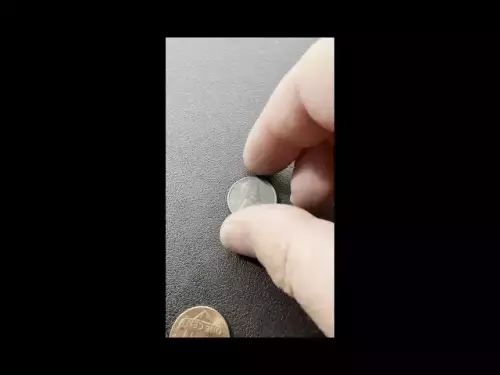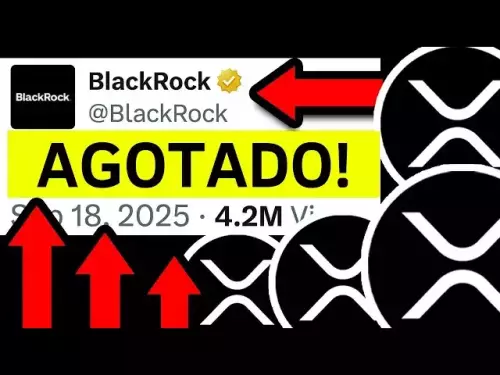-
 bitcoin
bitcoin $115761.354377 USD
-1.37% -
 ethereum
ethereum $4475.268687 USD
-2.95% -
 xrp
xrp $2.997758 USD
-2.97% -
 tether
tether $1.000517 USD
0.02% -
 bnb
bnb $986.306400 USD
-0.03% -
 solana
solana $239.777963 USD
-3.17% -
 usd-coin
usd-coin $0.999885 USD
0.01% -
 dogecoin
dogecoin $0.266431 USD
-5.31% -
 tron
tron $0.344054 USD
-2.27% -
 cardano
cardano $0.895891 USD
-3.84% -
 hyperliquid
hyperliquid $56.136248 USD
-3.59% -
 chainlink
chainlink $23.595739 USD
-4.88% -
 avalanche
avalanche $33.902799 USD
-4.84% -
 ethena-usde
ethena-usde $1.001134 USD
0.02% -
 sui
sui $3.673881 USD
-5.41%
How to see the source code of a smart contract
Smart contracts on public blockchains are transparent, but only verified source code—available via explorers like Etherscan—enables full understanding and trust.
Sep 13, 2025 at 02:36 pm

Understanding Smart Contract Source Code Accessibility
1. Smart contracts deployed on public blockchains like Ethereum are inherently transparent. Once a contract is deployed, its bytecode exists on the blockchain, visible to anyone exploring the network. However, bytecode alone is not human-readable. To understand the logic, developers and auditors need access to the original source code.
2. Many blockchain explorers, such as Etherscan for Ethereum or BscScan for Binance Smart Chain, offer a feature called 'Contract Verification.' This allows the contract creator to upload the original source code, along with compiler version and optimization settings. Once verified, the source becomes publicly viewable on the explorer’s interface.
3. When a smart contract is verified, users can see the full Solidity (or other language) code, including function definitions, state variables, and import statements. This transparency enables security audits, code reuse, and trust verification by third parties.
4. Unverified contracts only show the bytecode. While disassemblers can partially reverse-engineer the logic, this process is time-consuming and error-prone. Without the original source, understanding complex business logic becomes significantly harder.
5. Open-source practices are increasingly expected in decentralized finance (DeFi) and NFT projects. Projects that refuse to verify their contracts often face skepticism from the community due to potential hidden malicious functions.
Steps to Retrieve Verified Smart Contract Source Code
1. Navigate to a blockchain explorer relevant to the network where the contract is deployed. For Ethereum, go to https://etherscan.io. For Binance Smart Chain, use BscScan, and for Polygon, use Polygonscan.
2. Paste the smart contract address into the search bar. Ensure the address is correct and corresponds to a verified contract. The address typically starts with '0x' and is 42 characters long.
3. After entering the address, the explorer will load the contract’s page. Look for a section labeled 'Contract' or 'Source Code.' If the contract is verified, this section will display the full Solidity code.
4. The verified source code page usually includes metadata such as the compiler version (e.g., v0.8.19+commit.7dd6d404), optimization settings, and whether the contract uses a proxy pattern. These details are crucial for accurate analysis.
5. Some contracts are part of larger systems using proxy patterns like Transparent Proxy or UUPS. In such cases, the logic contract may be separate from the proxy. The explorer will often link to the implementation contract, allowing access to the actual executable code.
Alternative Methods When Source Code Is Not Verified
1. If the source code is not verified, the explorer will display only the bytecode under the 'ByteCode' tab. Users can still analyze this data, though it requires advanced tools and expertise in reverse engineering.
2. Tools like Ethervm.io Disassembler or Remix’s debugger can help interpret bytecode by converting it into opcodes. This method reveals low-level operations but lacks function names and comments.
3. Some research platforms and security firms maintain databases of known contract patterns. By comparing the bytecode’s function selectors and storage layout, analysts can sometimes infer the contract’s purpose based on similarities with known templates.
4. Community-driven efforts on GitHub or forums like Ethereum Stack Exchange may have decompiled or analyzed versions of popular unverified contracts. Searching by contract function signatures or event logs can yield partial insights.
5. In rare cases, developers may release source code off-chain via GitHub repositories or documentation sites. Cross-referencing the deployed bytecode hash with locally compiled versions can confirm if the open-source code matches the on-chain version.
Frequently Asked Questions
How can I confirm that the verified source code matches the deployed bytecode?Blockchain explorers perform this validation automatically during the verification process. When a developer submits source code, the explorer compiles it using the specified settings and checks if the generated bytecode matches the on-chain version. A green checkmark or 'Verified' label indicates a match.
Can I view the source code of a contract on a private blockchain?On private or permissioned blockchains, source code access depends entirely on the network operator. Unlike public chains, there is no default transparency. Access usually requires authorization from the organization managing the network.
What should I do if a DeFi project refuses to verify its smart contract?Unverified contracts pose significant risks. Users should exercise caution, avoid depositing funds, and look for community audits or third-party analyses. Reputable projects in the crypto space typically verify their contracts to build trust.
Is it possible to verify a contract after deployment?Yes. Verification is not mandatory at deployment time. Developers can submit the source code to explorers like Etherscan at any point after deployment, as long as they have the original code, compiler version, and optimization settings used during compilation.
Disclaimer:info@kdj.com
The information provided is not trading advice. kdj.com does not assume any responsibility for any investments made based on the information provided in this article. Cryptocurrencies are highly volatile and it is highly recommended that you invest with caution after thorough research!
If you believe that the content used on this website infringes your copyright, please contact us immediately (info@kdj.com) and we will delete it promptly.
- Cardano Whales Dive into LBRETT: The Trending Crypto Taking Over
- 2025-09-20 08:25:15
- H100 Group Appoints Johannes Wiik as CEO: A New Chapter?
- 2025-09-20 08:25:15
- Sleep Token, Insane Clown Posse, and Louder Than Life: A Juggalo's Serenade
- 2025-09-20 08:45:14
- TWT Price, Trust Issues, and Sell Surge: What's Happening with Trust Wallet Token?
- 2025-09-20 08:30:13
- MetaMask, Token, and CEO: What's the Hype?
- 2025-09-20 08:30:13
- Pepe Price Prediction: Meme Coin Primed for a 350% Upside?
- 2025-09-20 08:45:14
Related knowledge
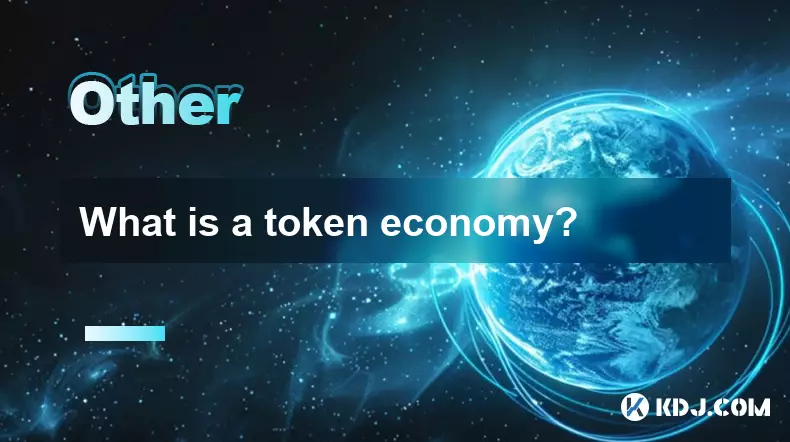
What is a token economy?
Sep 20,2025 at 12:18am
Understanding the Foundations of a Token Economy1. A token economy in the context of cryptocurrency refers to a system where digital tokens are used a...
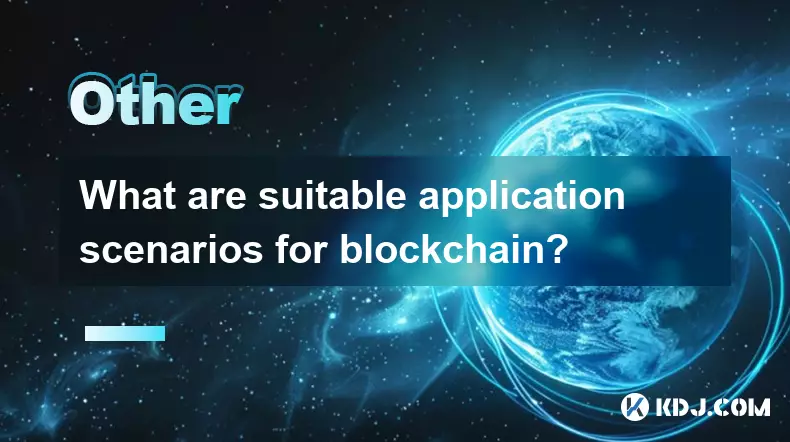
What are suitable application scenarios for blockchain?
Sep 20,2025 at 03:19am
Decentralized Finance (DeFi) Platforms1. Blockchain enables the creation of financial services without centralized intermediaries, allowing users to l...
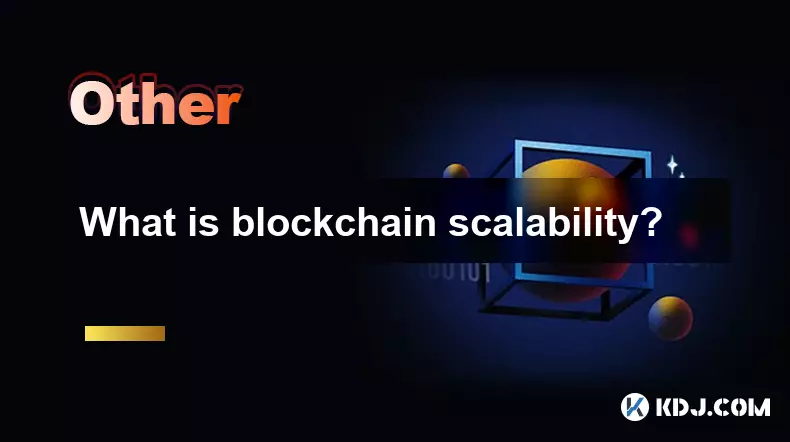
What is blockchain scalability?
Sep 19,2025 at 06:18am
Understanding Blockchain Scalability1. Blockchain scalability refers to a network's ability to handle an increasing number of transactions without com...
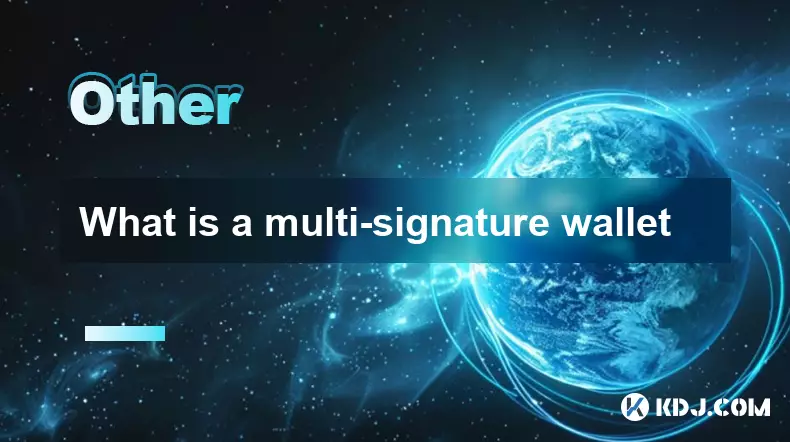
What is a multi-signature wallet
Sep 20,2025 at 07:00am
Understanding Multi-Signature Wallets in Cryptocurrency1. A multi-signature wallet, often referred to as a multisig wallet, is a type of cryptocurrenc...

What is a wallet address
Sep 19,2025 at 08:54am
Understanding Wallet Addresses in the Cryptocurrency EcosystemA wallet address is a unique identifier used to send and receive cryptocurrencies across...

What is a decentralized autonomous organization (DAO)
Sep 19,2025 at 12:00am
Understanding the Structure of a DAO1. A decentralized autonomous organization (DAO) operates without centralized leadership, relying instead on rules...

What is a token economy?
Sep 20,2025 at 12:18am
Understanding the Foundations of a Token Economy1. A token economy in the context of cryptocurrency refers to a system where digital tokens are used a...

What are suitable application scenarios for blockchain?
Sep 20,2025 at 03:19am
Decentralized Finance (DeFi) Platforms1. Blockchain enables the creation of financial services without centralized intermediaries, allowing users to l...

What is blockchain scalability?
Sep 19,2025 at 06:18am
Understanding Blockchain Scalability1. Blockchain scalability refers to a network's ability to handle an increasing number of transactions without com...

What is a multi-signature wallet
Sep 20,2025 at 07:00am
Understanding Multi-Signature Wallets in Cryptocurrency1. A multi-signature wallet, often referred to as a multisig wallet, is a type of cryptocurrenc...

What is a wallet address
Sep 19,2025 at 08:54am
Understanding Wallet Addresses in the Cryptocurrency EcosystemA wallet address is a unique identifier used to send and receive cryptocurrencies across...

What is a decentralized autonomous organization (DAO)
Sep 19,2025 at 12:00am
Understanding the Structure of a DAO1. A decentralized autonomous organization (DAO) operates without centralized leadership, relying instead on rules...
See all articles
























